Growing Awareness and Education
Increasing awareness and education regarding hematological malignancies and their treatment options are pivotal drivers for the Lenalidomide Market. Healthcare professionals and patients are becoming more informed about the benefits of Lenalidomide Market, leading to higher prescription rates. Educational initiatives, including workshops and seminars, are being implemented to disseminate knowledge about the drug's efficacy and safety profile. This heightened awareness is crucial, as it empowers patients to engage in discussions with their healthcare providers about treatment choices. Consequently, as more patients seek out Lenalidomide Market as a viable treatment option, the market is likely to expand. The Lenalidomide Market stands to gain from this trend, as informed patients are more likely to adhere to prescribed therapies, ultimately improving treatment outcomes.
Advancements in Drug Development
Innovations in drug development are significantly influencing the Lenalidomide Market. Recent advancements in biotechnology and pharmacogenomics have facilitated the creation of more effective and safer treatment options. The development of combination therapies, particularly those involving Lenalidomide Market, has shown promising results in clinical trials, enhancing its therapeutic profile. For instance, studies indicate that combining Lenalidomide Market with other agents can lead to improved response rates in patients with refractory multiple myeloma. This trend not only boosts the market potential for Lenalidomide Market but also aligns with the industry's shift towards more sophisticated treatment modalities. As research continues to unveil new applications and combinations, the Lenalidomide Market is poised for further growth, driven by the need for innovative solutions in cancer care.
Emerging Markets and Expanding Access
The Lenalidomide Market is witnessing growth in emerging markets, where access to innovative therapies is expanding. As healthcare infrastructure improves in various regions, the availability of Lenalidomide Market is increasing, driven by both local production and importation. Countries with rising economic stability are investing in healthcare, leading to enhanced access to essential medications. This trend is particularly evident in regions where the burden of hematological malignancies is high, yet treatment options remain limited. The expansion of distribution networks and partnerships with local healthcare providers are facilitating the entry of Lenalidomide Market into these markets. As a result, the Lenalidomide Market is likely to experience significant growth, as more patients gain access to this critical therapy, thereby addressing unmet medical needs.
Regulatory Approvals and Supportive Policies
The Lenalidomide Market benefits from favorable regulatory approvals and supportive healthcare policies. Regulatory agencies have expedited the approval process for Lenalidomide Market, recognizing its therapeutic value in treating hematological malignancies. For instance, the drug has received multiple designations, including orphan drug status, which facilitates its development and market access. Additionally, government initiatives aimed at improving cancer care and increasing funding for research are likely to bolster the market. These supportive measures not only enhance the accessibility of Lenalidomide Market but also encourage pharmaceutical companies to invest in further research and development. As a result, the Lenalidomide Market is expected to thrive, driven by a conducive regulatory environment that promotes innovation and patient access to essential therapies.
Increasing Incidence of Hematological Malignancies
The Lenalidomide Market is experiencing growth due to the rising incidence of hematological malignancies, such as multiple myeloma and certain types of lymphoma. According to recent data, the prevalence of multiple myeloma is projected to increase, with an estimated 32,000 new cases diagnosed annually. This surge in cases necessitates effective treatment options, positioning Lenalidomide Market as a critical therapeutic agent. The drug's efficacy in managing these malignancies has led to its widespread adoption, contributing to the overall expansion of the Lenalidomide Market. Furthermore, as healthcare providers seek innovative therapies to improve patient outcomes, the demand for Lenalidomide Market is likely to continue its upward trajectory, reflecting a broader trend in oncology towards targeted and personalized treatment regimens.


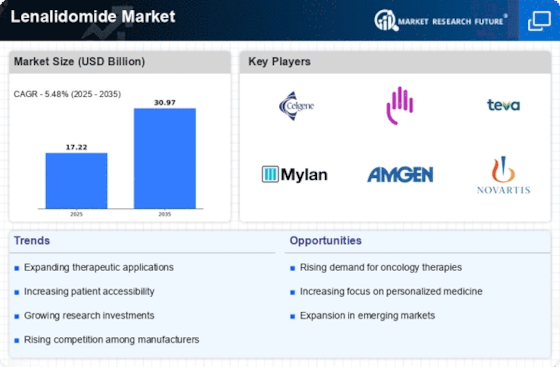
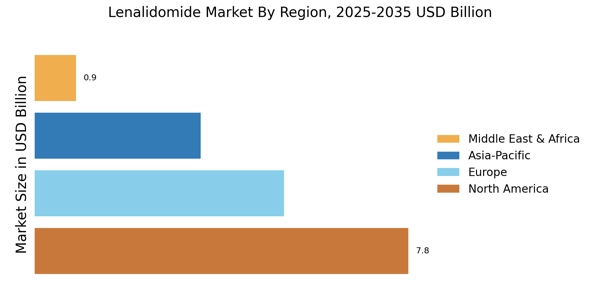
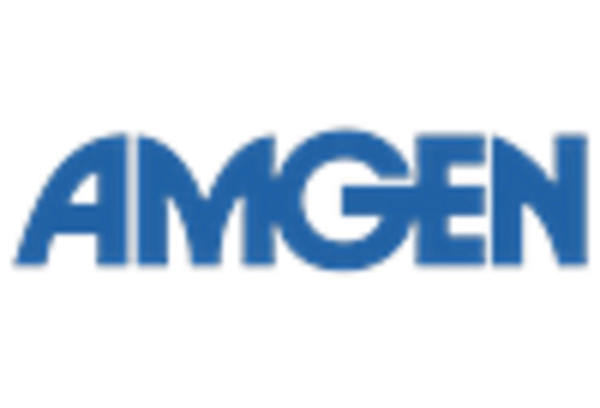

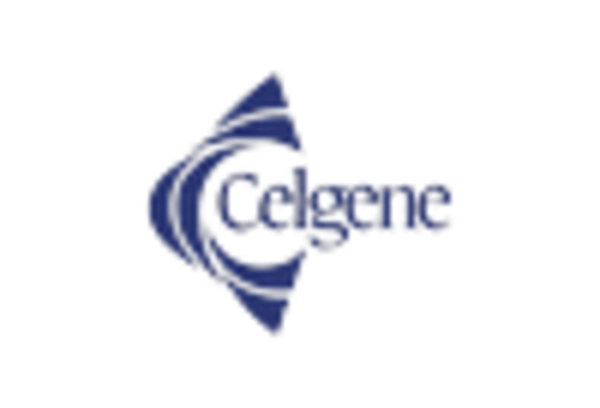

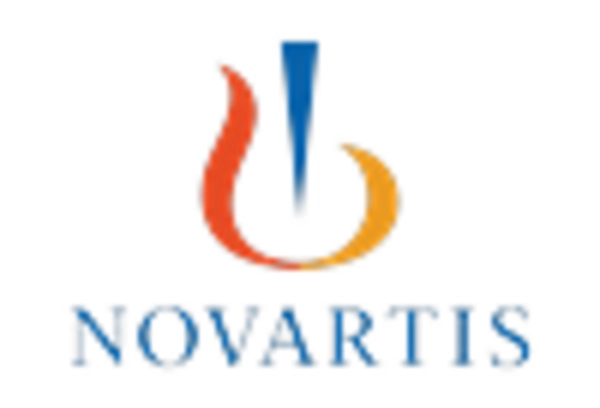
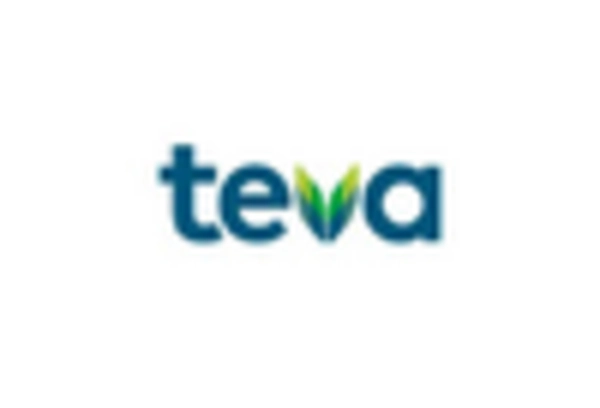








Leave a Comment